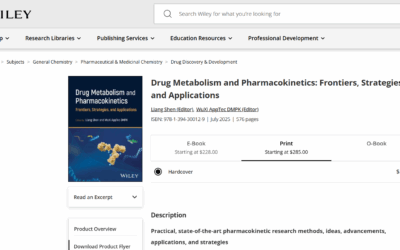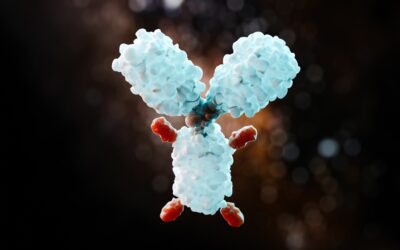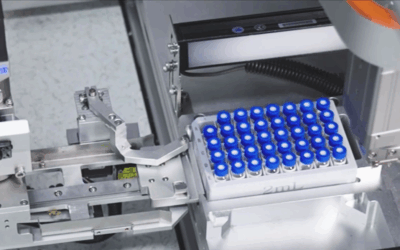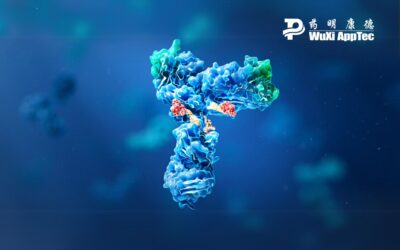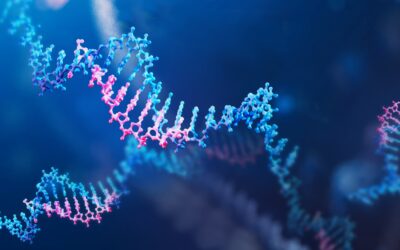New drug modalities and treatments are revolutionizing central nervous system (CNS) therapies, bringing hope to patients suffering from some of the most devastating diseases. Yet, drugs targeting the CNS are subjected to particularly stringent regulations in terms of safety assessment. This is due to the irreversibility of damage to the CNS, the difficulties of detecting neurotoxicity, and the complexity of the systems targeted.
Regulatory
Navigating the Complexities of Ocular Drug Delivery Systems
Ocular diseases like age-related macular degeneration (AMD), glaucoma, and dry eye affect millions of people across the globe, diminishing quality of life and risking irreversible vision loss. While the need for pharmaceutical treatment options is significant, effective drug delivery to these tissues presents a considerable challenge. The eye’s built-in protective barriers complicate effective pharmacological treatments, especially to deeper ocular tissues such as the vitreous and posterior segments. This unique scientific challenge requires innovative, targeted ophthalmology therapies and drug developers willing to tackle them with specialized preclinical in vivo ADME and pharmacokinetic methodologies.
WuXi AppTec Launches Research Book Decoding DMPK Frontiers for Novel Therapeutics
The pharmaceutical industry is constantly evolving. New tools and methods are accelerating the pace of progress, facilitating efficient development of much-needed therapies. But the rise of novel drug modalities has presented challenges and opportunities and is driving continuous innovation and progress in Drug Metabolism and Pharmacokinetics (DMPK) research.
DAR Research on ADCs Using LC-MS
Antibody drug conjugates (ADCs) refer to conjugated drugs formed by linking monoclonal antibodies with small molecule drugs that exhibit strong cytotoxicity through specific linkers. Depending on the structure of the linker, ADCs can be divided into two types: fractured and non-fractured. This composition means that ADCs possess the targeting ability of monoclonal antibodies and the characteristics of small molecule cytotoxic drugs, or as they are colloquially known, “precision-guided biological missiles.” This also makes the structure of ADCs complex and diverse, making the pharmacokinetics of ADCs extremely challenging and uncertain. Therefore, ADCs have garnered considerable attention as a new and efficient antibody-based drug. In recent years, with the successful approval of multiple ADC drugs worldwide, particularly since 2019, when a total of 10 ADC drugs were approved, a new wave of ADC research has begun.
Transforming Drug Development: How Smart Compound Management Safeguards Integrity and Boosts Efficiency
In the current era of high-throughput screening and expansive compound libraries, traditional methods of compound management are becoming increasingly obsolete. Reliant on human handling and manual documentation, traditional systems often faltered under the pressure of scale, risking sample degradation, process inefficiencies, and delayed timelines. Early automation efforts helped address some of the procedural challenges by streamlining tasks such as weighing, plating, picking, and liquid handling, but bottlenecks remained. Persistent pressure points like sample integrity and process flexibility required more advanced intelligent solutions.
ICH M10: What the Finalized Guideline Means for Bioanalytical Scientists
When the ICH M10 guideline was adopted in May 2022, it established a harmonized global framework for bioanalytical method validation and study sample analysis. Now fully implemented by major regulatory agencies in North America, Europe, and Asia, M10 has become the international standard for bioanalytical work supporting preclinical and clinical drug development. For scientists, this represents a significant evolution in both technical expectations and regulatory alignment.
From Bottlenecks to Breakthroughs: 5 Ways Automation Transforms Toxicology Scheduling
Traditional toxicology testing requires complex schedules that align task workflows with finite resources such as technician time and access to laboratories and equipment. Managing interdependent parts of the process manually with spreadsheets or other basic tools, while easily accessible, is inflexible, cumbersome, and prone to error and inefficiency . Automated platforms and workflow systems have the potential to optimize—or revolutionize—all aspects of drug development and testing to enhance speed, accuracy, and coordination.
3 Therapeutic Considerations for the Future of Oligonucleotide Development
Oligonucleotide-based therapies are redefining how we approach diseases at their genetic origins. By modulating gene expression at the RNA level, these therapies offer an unprecedented degree of precision in drug development, making once-untreatable diseases targets for real solutions. This guide explores the therapeutic opportunities and innovations shaping oligonucleotide development and what it could mean for the future of patient care.
6 Factors That Can Make or Break the mRNA Therapeutic Development
In recent years, interest in RNA therapies has increased substantially. They are cost-effective to develop, relatively simple to manufacture, and can target conditions beyond the limitations of traditional small-molecule and macromolecular drugs.
What It Takes to Optimize Analytical Strategies for ADC Development
Antibody-drug conjugates (ADCs) represent a leap forward in oncology, enabling targeted drug delivery that minimizes systemic toxicity. But their complex molecular structure—comprising monoclonal antibodies, linkers, and potent payloads—demands a robust, highly specialized analytical framework. As ADC development accelerates, optimizing bioanalytical strategies has become a cornerstone of successful drug development.
Hybrid-ELISA in the Bioanalysis of Oligonucleotide Drugs
Therapeutic oligonucleotide drugs are a rapidly developing field in drug research today. They can be divided into anti-sense oligonucleotides (ASO), ribozymes/deoxyribozymes (DN Azyme), small interfering RNAs (siRNA), microRNAs, anti-gene transcription factor inducers, nucleic acid aptamers, and more.
Four Ways to Unlock the Potential of Antisense Oligonucleotides in Eye Care
Ocular conditions can arise from aging, environmental factors, or genetic mutations. The latter require complex treatments such as antisense oligonucleotides (ASOs), which are becoming critical tools to battle genetic and multifactorial ophthalmic diseases.


